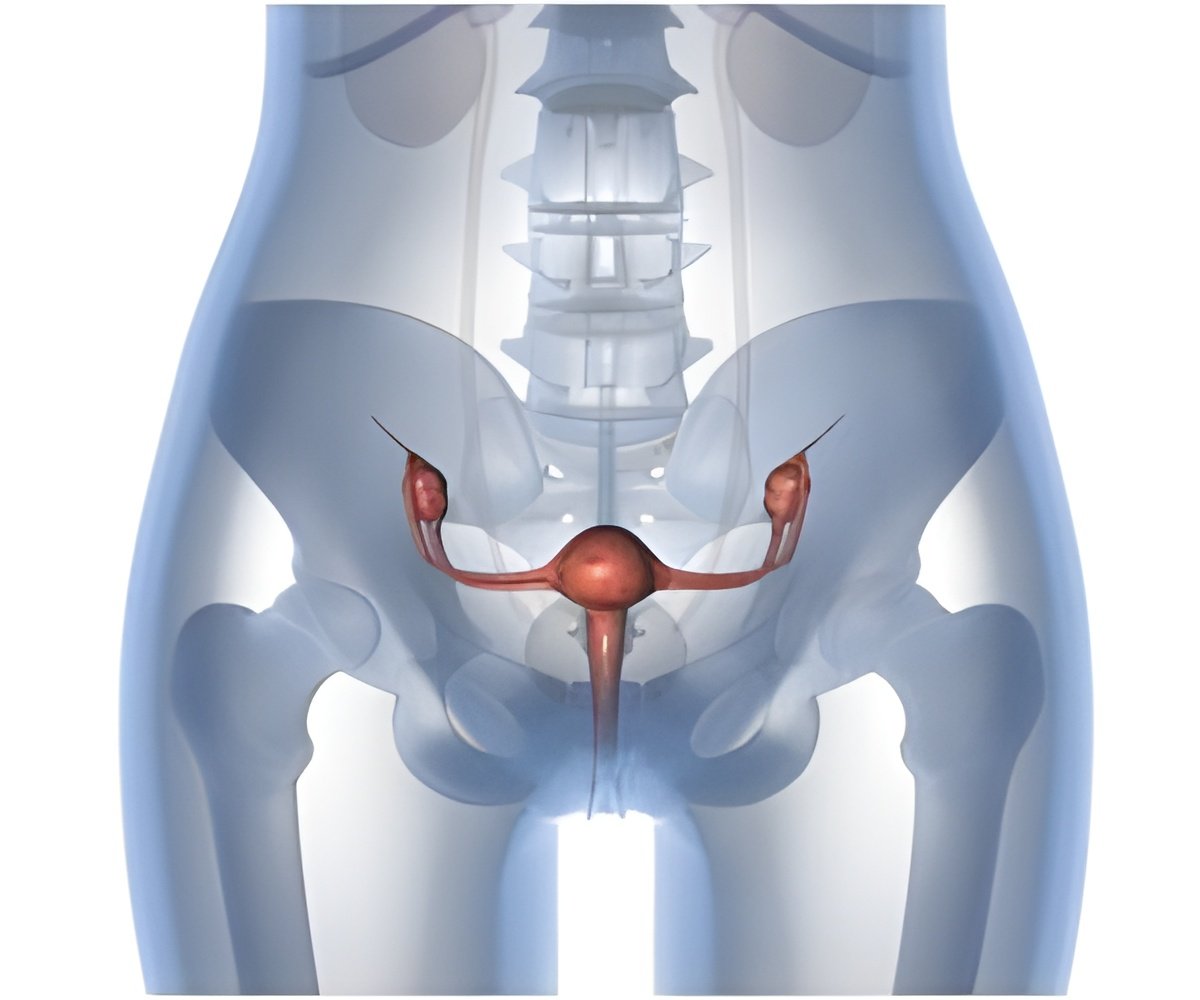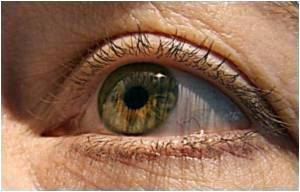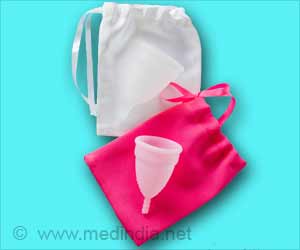Pelvic arterial embolization or PAE, a minimally invasive, life-saving therapy, is a safe and effective treatment for postpartum hemorrhage, say researchers

"Traditional surgical methods to stem postpartum hemorrhage, such as uterine artery ligation, uterine suturing and hysterectomy, involve the loss of fertility and risks from general anesthesia," said Shin. "Many obstetricians and gynecologists know the usefulness of pelvic arterial embolization over surgery, yet there is not always a connection between them and the interventional radiologist," explained Shin. "Collaboration with these doctors is imperative with the hope that they will begin to refer patients to an interventional radiologist for treatment, making pelvic arterial embolization a more popular alternative to surgery," he added.
"All women who carry a pregnancy beyond 20 weeks' gestation are at risk for postpartum hemorrhage or PPH, which remains one of the major causes of maternal morbidity and mortality throughout the world," said Shin. "Many case studies have reported on pelvic arterial embolization's usefulness for the control of postpartum hemorrhage, yet most of them involved fewer than 100 patients. This study, based on the treatment of 225 patients in a single center, had an initial clinical success rate of 86 percent," he added.
Shin notes that with repeat pelvic arterial embolization, the clinical success rate increased to 89 percent. "As is with many other interventional radiology procedures, this is a life-saving, minimally invasive treatment that preserves patient quality of life and speeds recovery," stated Shin. The results also showed that some patients needed additional PAE sessions or surgeries; therefore, overall bleeding control was achieved in 97.8 percent of the patients studied.
Once a baby is delivered, the uterus normally continues to contract expelling the placenta. After the placenta is delivered, these contractions help compress the bleeding vessels in the area where the placenta was attached. The most common cause of postpartum hemorrhage occurs if the uterus does not contract strongly enough and these blood vessels bleed freely, said Shin. Such excessive and rapid blood loss can cause a severe drop in the mother's blood pressure and, if left untreated, may lead to shock and death.
For many years, hysterectomy has remained the only solution to controlling bleeding and arresting postpartum hemorrhage that was unresponsive to conservative medical management, said Shin. In surgery to control the hemorrhage, a physician must open the lower abdomen and tie off bleeding arteries to the uterus, repair the uterus or remove it entirely.
Advertisement
Between January 2000 and June 2010, the outcomes on 225 patients (average age, 32 years), who underwent PAE for primary postpartum hemorrhage, were analyzed. The researchers defined clinical success as cessation of bleeding following an initial session without the need for additional therapy or surgery.
Advertisement
Source-Eurekalert














